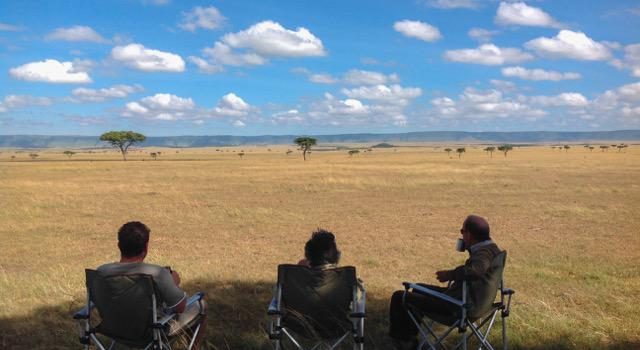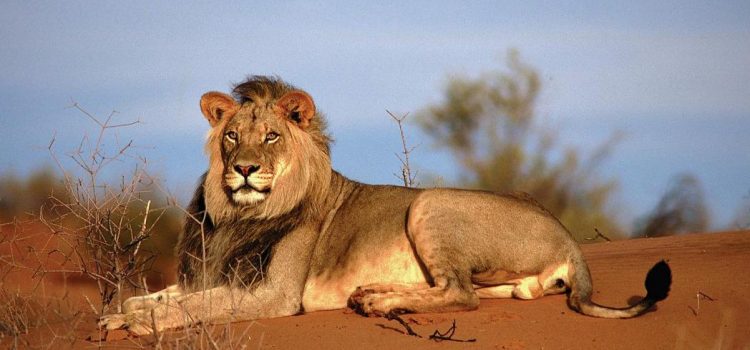Recently one of our guests was treated to an experience that few are lucky enough to witness. Whilst on safari in the Serengeti they were fortunate enough to capture an incredible clip of a cheetah casually making it’s way onto their safari vehicle (check out the video at the end of the post)…
Imagine a cheetah sauntering up to your vehicle, hopping on to the bonnet just inches away from your camera and then casually sitting there for a few minutes whilst you hold your breath?
But if you thought this was a once-in-a-lifetime video clip you would be wrong. In fact, this cheetah behaviour happens regularly, and there are countless other YouTube video clips and pictures on private blogging sites to prove it.
So why do they do it? The answer is simple: Cheetahs hunt for moving prey and have incredible eye-sight (almost as powerful as that of a falcon). They begin their hunt by scanning the area for prey, and for that they need the best vantage point which can be anything from a discarded termite mound to a low tree branch.
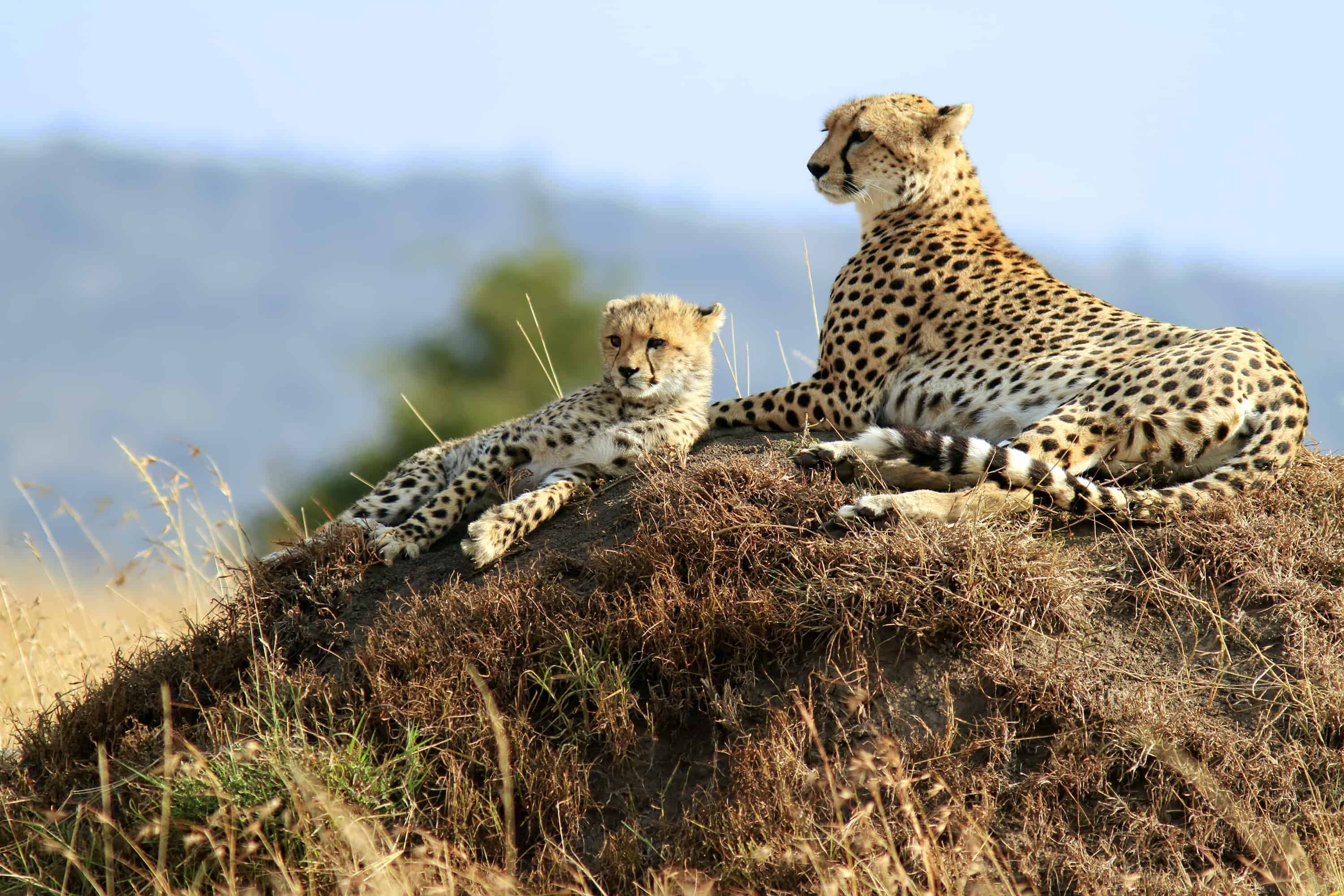
Fortunately for the cheetah living in the Serengeti and Masai Mara, there are frequent game viewing vehicles that are equally useful for getting a sentinel view of the surrounding landscape. In fact, they have become so accustomed to seeing these daily safari vehicles that they completely ignore its human contents, and are far more interested in using these specifically adapted 4x4s as a viewing deck. The sense of amazement and relief was palpable in the video once the animal got bored and stepped down. It is sheer beauty of nature in action, proof that the world is still the domain of many wild and spectacular animals.
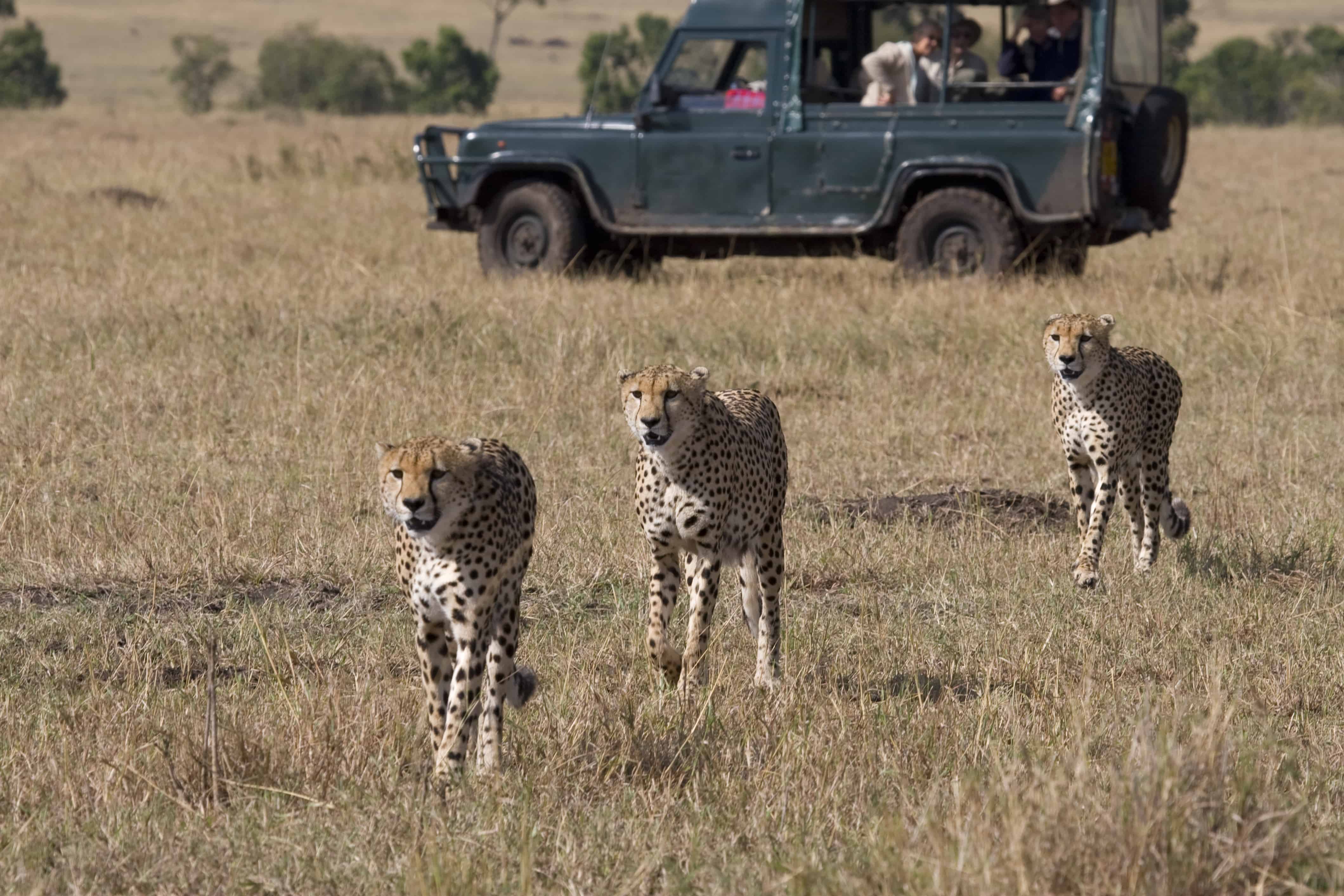
While it is perfectly safe, the ranger will have advised visitors to keep still and only respond with the clicking of cameras. Not long ago these ‘tourist interactions’ were frowned upon by researchers and rangers alike who thought the cheetah would be distracted by humans and that this would disrupt their hunt. Another reason to avoid close contact with these animals is that they are the only cats which don’t have claws that retract, making it impossible for them to choose between giving visitors a love swipe or inflicting a potentially serious wound.
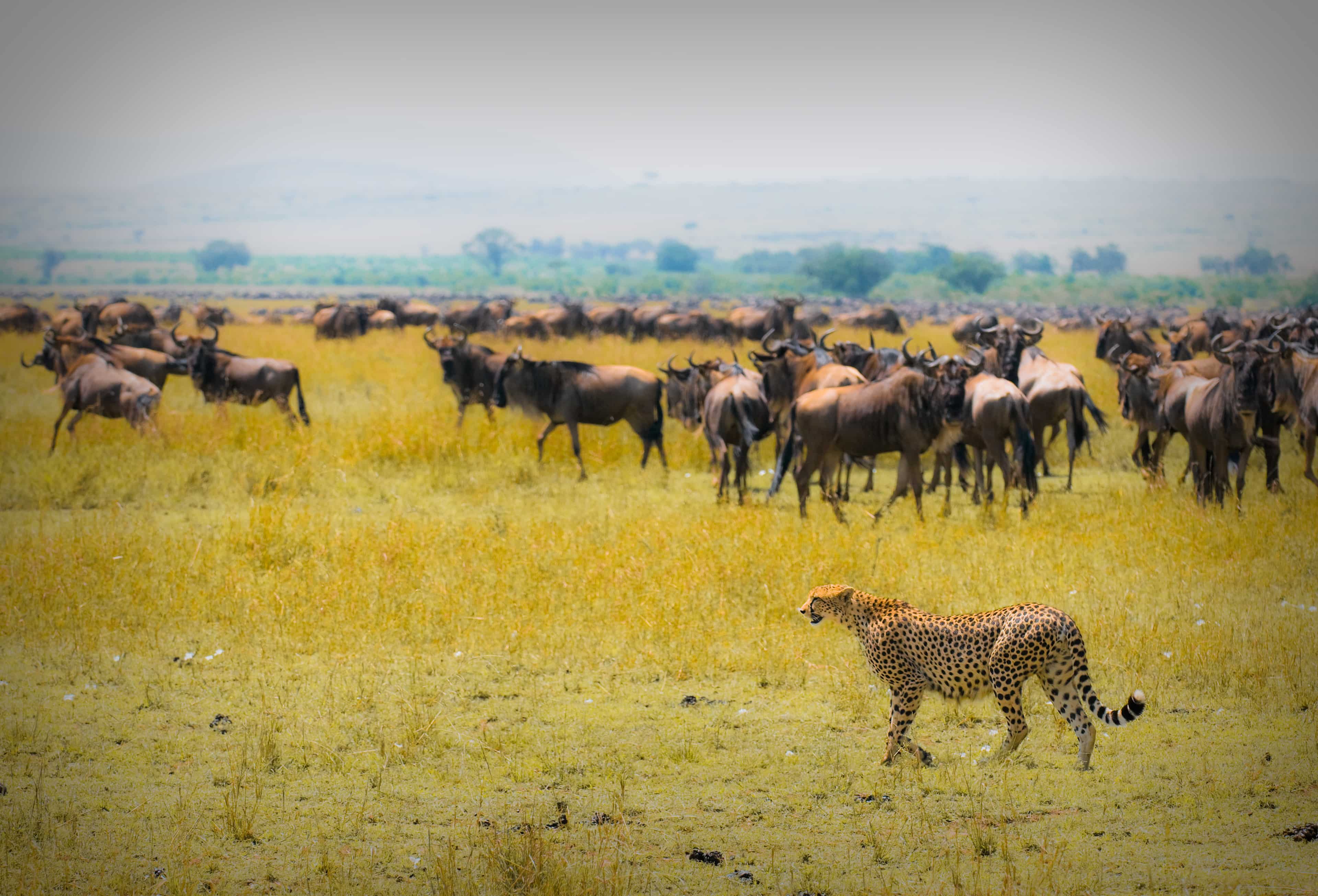
A few facts about the cheetah: smaller in size than other cats (most females only reach around 60 pounds, roughly the same size as a lap dog) the cheetah is an endangered species with fewer than 12,000 animals estimated to exist in the wild, mainly on the open plains of central Africa. They are, of course, well-known as the fastest land animal in the world, capable of speeds of up to 70 miles an hour. Nothing is more thrilling than watching a cheetah run!
This astounding speed and agility (for which their long-legged and slender body is perfectly adapted) gives them the hunting advantage as they prey mainly on gazelle and other smaller buck. Interesting enough only about half of their chases (which last anything from 20 to 60 seconds) are successful.
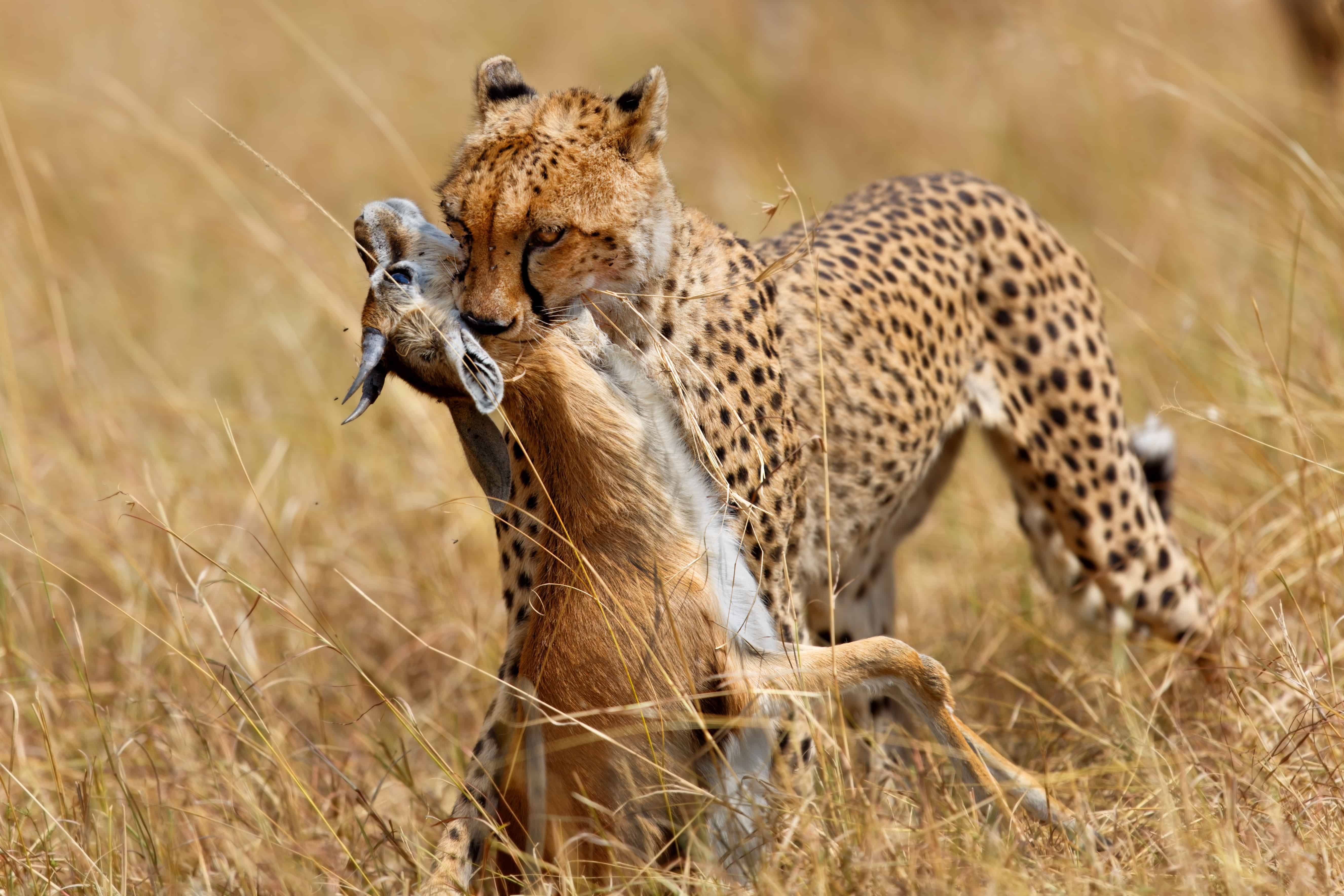
Cheetahs have distinctive markings and are easily identifiable by their ‘tear stripes’ on either side of their heads which make it possible for rangers to recognise individual animals based on their facial markings.
Two of our top places to see cheetah is Tanzania’s Serengeti (known for its remoteness and less tourist traffic) and Kenya’s Masai Mara (which tends to be more crowded, especially during peak season).
The Serengeti is perhaps the most famous of all the savannah habitats for big game and is renowned for its wildebeest migration (which usually takes place from April to June, depending on annual rain patterns) as well as for its scores of predators including crocodiles, lion and of course cheetah.
One of our favourite camps to see cheetah in the Serengeti is &Beyond Serengeti Under Canvas Camp (near to where this clip was filmed). It consists of stylish mobile tents located specifically to catch the migrating herds across the plains, and is known for its magnificent all year-round game viewing, luxurious four-poster beds, chandeliers, butler service and skilled guides. If you book through us we’ll try to arrange for Solomon to be your guide. He has become somewhat of a legend as a ranger and guided the Meths on this trip. They reported that he was by far the best guide that they had ever had.
The Masai Mara is a smaller extension of the Serengeti plains renowned for its distinct ‘big skies’, endless horizons, grasslands and animal migrations (mainly zebra and wildebeest). Home to the largest concentration of mammals in the world, it is also home to the Masaai tribe, the tallest people in the world.
We suggest staying at &Beyond’s Kichwa Tembo Camp which provides a similar level of tented luxury – the old fashioned safari style as experienced by Hemingway himself – and is located just across the border in Kenya’s Masai Mara Park.

So if you want to capture this incredible cheetah behaviour for your 15 minutes of fame on a social network, or you simply want to record this wildlife spectacle to show your kids, we recommend booking a trip to either the Masai Mara or Serengeti.

